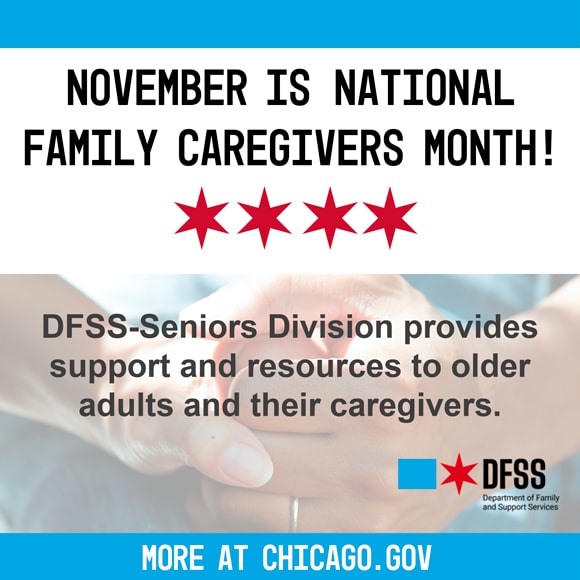Weighted vests help build strength and fitness
Cindy Porcaro, of Downers Grove, works as a receptionist and is the mother of three adult children. She also prioritizes fitness. Porcaro enjoys walking, yoga, and weightlifting. Recently, she also started wearing a weighted vest, after hearing about it from a fitness influencer.
“She said she lost 10% of her body fat wearing a weighted vest,” Porcaro, 60, says of the influencer. “I walk outside all the time for mental therapy and thought, ‘I’ve got to try this.’” Porcaro bought a weighted vest last May and was surprised at how challenging it was at first. “The first time I walked with it last summer, I felt like I was carrying a child on my back,” she says.
What’s behind the weighted vest trend? And how can weighted vests and other body-worn weights, such as wrist and ankle weights, help you get fitter and stronger? Find out how this fitness trend came to be and what to consider before you opt for body-worn weights.
More weight = more demands on your body
“A weighted vest helps you add weight to improve your cardiovascular (CV) system,” says Jodie Needham, a personal trainer, nutritionist, and public speaker who lives in Pleasant Prairie, Wisconsin. “The extra weight places additional demands on your CV system, which can help you get fitter, faster.”
The weight also creates some type of resistance, says Matthew Smith, DPT, DSc, a doctor of physical therapy at Northwestern University in Evanston. Increasing the demand means you increase your heart rate more quickly, use more oxygen, and burn more calories than if you exercise without weight. It also helps increase the force on your bones and muscles, which can improve bone density.
While the research on wearing weighted vests isn’t robust, one small study found that wearing a weighted vest while doing a circuit workout can reduce body fat and lower insulin resistance; another small study found that wearing a weighted vest could help reduce bone loss and improve bone formation in older adults.
Wrist and ankle weights
While weighted vests are newer fitness options, exercisers have been wearing ankle and wrist weights for decades. However, they are not without drawbacks, says Needham, adding, “If you’re wearing them all the time, your joints are going to get stressed.” And while ankle weights are a great option for performing strength moves (like leg raises), they can interfere with your gait if you wear them while walking or running. Avoid them if you have knee issues.
“The vest is an alternate way of adding weight to your walking routine,” Smith says. This is mainly because the vest may reduce stress on the joints and distributes weight more evenly.
Starting out
If you want to try a weighted vest, check with your medical provider first. Start with a weight that’s only 5% to 10% of your body weight, and wear it for a short period of time — such as 30 minutes. Ramp up slowly from there.
“There is no clear evidence to see how much weight is enough to get the benefits,” Smith says. “But you don’t want to affect the mechanics of your gait.” Wearing more than 15% of your body weight can increase your risk of joint issues, he adds.
“A weighted vest helps you add weight to improve your cardiovascular (CV) system.”
You should be in decent cardiovascular shape if you’re going to add a vest to your workouts. And make it fun. “You can play a game: Wear it for 15 minutes, and then walk without it and see the difference,” Needham says.
If you want to wear wrist weights to add resistance to your walk, keep the weight light — no more than 3 pounds each. Otherwise, you’re better off using wrist and ankle weights for strength exercises, not to add resistance to your walks.
As for Porcaro? She loves walking with her vest and plans to continue. “My pace is faster now, and I wish I had I had a heavier one,” she says. “I don’t think I’ve lost any weight, but I feel like my energy and stamina is a lot better.”
Regardless of whether you wear a weighted vest or not, make walking part of your routine. “Walking — with or without a vest — is the best thing for anyone’s health,” Smith says.












